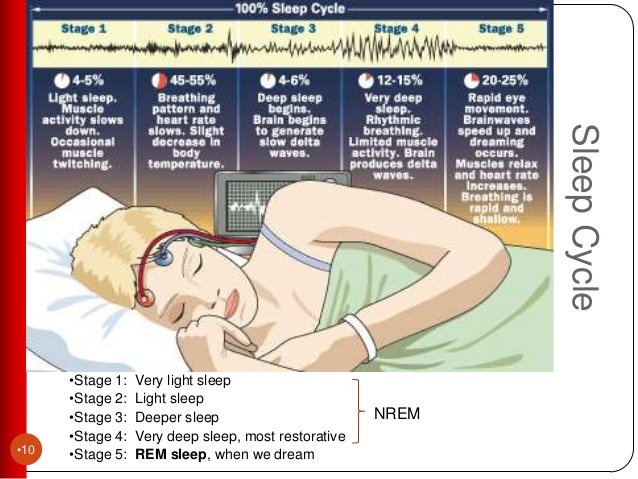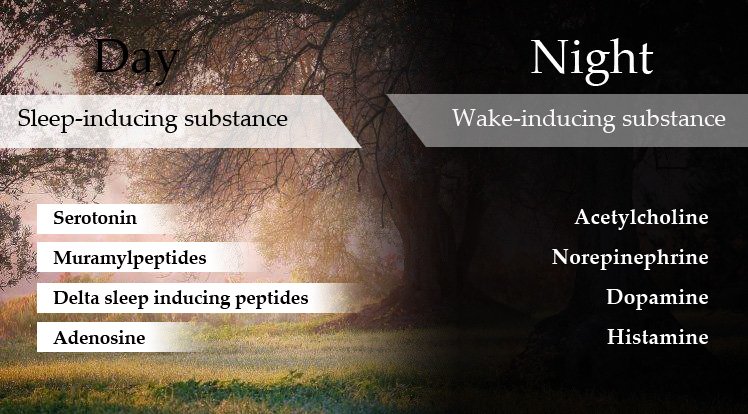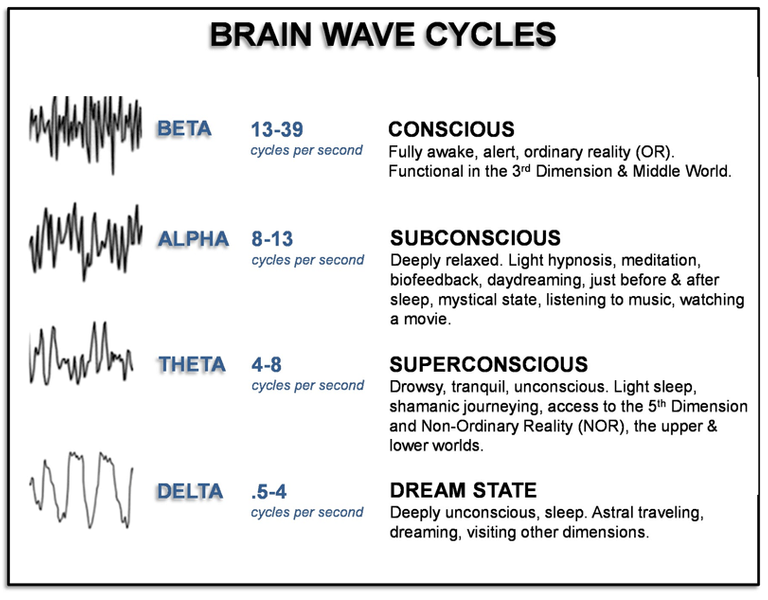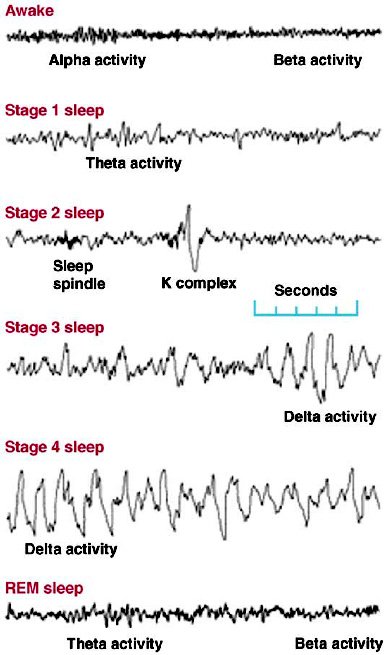Very busy people are always overwhelmed with so much to do that they see the 24 hours time too short for them to accomplish their goals. If they could possibly extend this clock length, they would do so at the earliest opportunity. However, not only that they could not achieve this extension but also they can't have the whole 24hours in their grasp. The portion beyond our grasp is the time allocated for sleep. No matter how we steal from this time we can’t just take it all.
Image by @okunlolayk

Sleep is an inevitable behavior that is exhibited by most animals, especially vertebrates. The fishes, amphibians, reptiles, aves and mammals all possess this behavior, although variably. Many people see sleep as a big waste of time because they see it as a time spent doing nothing. Probably, if they weren’t sleeping, they could have been engaged in some sort of activities that would yield profit or pleasure to them. The most annoying fact about sleep is that a typical human spends about one-quarter to one-third of the day sleeping- lying down doing nothing. This perhaps really sounds like a great waste. But if sleep is really a waste, then why has evolution conserved it to this moment?. Sleep interferes with our daily activities, feeding and pleasure but still, it remains inevitable. Then, this means it must be serving a very crucial function.
Why do we sleep?
This question statement sounds simple and anybody could think he would answer it without any tedious thinking. Well, if it were to be you, what will your answer be? Let me guess, to rest and relax the body. Maybe you are correct, but if it’s all about rest and relaxation, we would have achieved that by lying down and taking it easy for a while without having to go into a sleep. Perhaps there could be more to this. Then let’s find out.
Looking from the evolutionary perspective, sleep is found to have been exhibited by primitive organism of man. Which means sleep would have been a significant part of the evolutionary journey of man. But what could have solicited for the need for sleep?. Some animals lay aside still and quiet to save themselves from predators and they determine their time of rest based on their nature, either diurnal (sleep at night) or nocturnal (sleep during the day). Sleep could have originated in this manner, but if sleep is only about safety then this behavior should have faded out of the human race because, since the emergence of the modern man, humans are safer with their eyes wide open than lying dormant for a period of time. At this juncture I think we should consider, What is Sleep? first.
What is Sleep?
Sleep is a behavior that is governed by the complex interaction of a number of physiological processes, especially in the neural system. Sleep is not a transit into another world or realm, it's just a naturally recuring state of altered consciousness of the nervous system. The major difference between sleep and wakefulness is the level of arousal or alertness in the nervous system. Arousal is a state of being active, attentive or excited due to perception and processing of environmental stimulus. However, sleep and wakefulness is determined by how aroused or attentive is the body to its surrounding - high level of arousal in the waking state, as well as the low level in sleep. During wakefulness the brain (cortex) is said to be in a state of desynchrony; that is all areas of the cortex are working vigorously to achieve their individual specific function while during sleep the cortex is said to be in a state of synchrony where these areas reduce their intensity of action.
NREM and REM sleep
A Sleep can be distinctly categorised into two- the nREM and the REM sleep. A typical sleep begins with the non-rapid eye movement (nREM) sleep. It is characterized by a low frequency, synchronous brain activity, and relaxed but not completely flaccid muscle tone. The nREM sleep is divisioned into four stages (stage 1, 2, 3 & 4). The sleeper drops from a drowsy level of arousal down to stage 1 through stage 2 and 3 to stage 4. These stages are primarily distinguished by the Electrical recordings of the activity of the brain.
Stage 1 (N1) is characterized with a low arousal threshold, that is the person can be easily awoken. It usually takes about 7 mins (4-5% of the total sleep time).
Stage 2 (N2) usually last for about 10-25 mins and comprises the greatest amount of the total sleep time (45-55%).
Stage 3 (N3) take about 4-6% of the total sleep time and is often combined with stage 4 (N3). The stage 3 and 4 are termed as slow wave sleep (N3).
The stage four is the deepest part of the sleep and usually takes about 12-15% of the total sleep time. It is during this stage that sleep terrors (pavor nocturnus) occur. Sleep terrors are not the same as dreams. These sleep terrors are episodes in which the sleeper wakes suddenly from sleep having experienced feelings of being chased or falling. It is usually common during childhood and less seen or reduced in adults. On waking the sleeper may scream out and becomes terrified, confused or agitated. The victim returns to sleep after a few minutes. The sleep terrors in stage 4 can also be associated with sleep walking (somnambulism) characterized by movement while the victim is still in sleep.
After Stage 4, arousal begins to increase as the sleeper emerges back into stage 3, then stage 2 to stage 1. There is a distinction between the previous stage 1 (initial stage 1) and the new stage 1 (emergent stage 1). The obvious distinction is that the emergent stage 1 exhibit bursts of movement of the eyes beneath their lids. This new stage is called the Rapid eye movement (REM) sleep. The eye movement of this stage is not continuous all through the stage but it occurs as a sudden burst at different intervals. This stage last for about 10 mins and then the sleeper drops back into stage 2 through stage 3 to stage 4. Stage 2, 3, 4 and initial stage 1 are known as the nREM sleep while the emergent stage is called the REM sleep.
Now we can distinguish the two stages of sleep (nREM and REM). These two stages alternate at intervals (although variably) to form cycles in a sleep. The REM which takes about 10mins or longer alternates in cycles against the 90mins REM sleep. The time period for these cycles is not constant and not the same with every individual. The nREM period gets shorter as the night progresses while REM periods become longer. An adequate night sleep comprises of at least three nREM-REM cycles.

Image source
The Sleep Waves that shows electrical Activity during sleep
The stages of sleep can be analyzed distinctly by polysomnography. This is procedure that involves a group of three electrical recordings that is taken simultaneously to detect and study electrical activities of areas of the body during sleep. The polysomnography is made up of Electroculogram (EOG) that records the movement of the eyes; Electromyogram (EMG) that records muscle activities and Electroencephalogram (EEG) that records cortical activities of the brain. By these recordings there is a clear understanding of what part of the body is active during a particular stage of sleep. These recordings are represented by a continuous array of waves with variation in amplitude, frequency and wavelength.
These variations in wave properties define the unique characteristics of the stages of sleep and level of arousal. Let’s consider the EEG recording; four different kinds of waves are primarily observed - the Alpha waves (8-13Hz), Beta waves (13-39Hz), Theta waves (4-8Hz) and Delta waves (0-4Hz). These waves signify the level of arousal and alertness in the cortex and determine the stage of sleep.
The Alpha waves and Beta waves are observed during wakefulness. Alpha waves are more dominant during rest and relaxation especially with the closing of the eyelid. This type of wave signifies that there is less activity in the cortex and it occupies the relaxed or drowsy state, and the activity of the brain is said to be in synchrony. The Beta waves are observed during high arousal and excitement. At this state the brain is in Desynchrony and it involves alertness, active thinking, high perception of stimulus, problem solving and other sorts of actions that excite the brain.
The Theta wave appears at Stage 1 of the nREM sleep. The stage 2 also show theta waves, but in this case, the waves are riregular, showing bouts of sleep spindles and K-complex waves. The sleep spindles are bursts of low amplitude waves while the K-complex are spikelike high amplitude waves. These waves appear at intervals in the Theta waves of stage 2, and they are believed to reduce sensitivity to environmental stimulus in order to keep the sleep going. Stage 3 and 4 of the nREM sleep does not have a clear cut distinction. This is because the two stages show both theta and Delta waves. Stage 3 contains 20-50% of Delta waves, while stage 4 contains over 50%. This is why these stages are merged as one and referred to as Slow-wave sleep.
The Paradoxical Sleep (REM)
The REM, also known as Paradoxical sleep is a very interesting part of the sleep and holds a ton of significance. The interesting point about REM sleep is that it shows some odd characteristics. How? The REM sleep shows an aroused active waking state (in the brain) but has the least body movement during sleep. This characteristic of the REM is shown by records from three channels of electrical recordings of polysomnography. Each channel activity is displayed by recorders that detect voltage changes produced by the action potentials of the cells. The EEG shows a decreasing trend in its amplitude as it proceeds down the stages of the nREM sleep. The record shows that the wave amplitudes get smaller as they progress. The EEG also shows desynchrony as the brain shift from the nREM to REM. This means that there is work activity going on in the cortex similar to that of being awake. In the case of EMG, the amplitude continues to decrease as it transit to REM showing that the muscles exhibit no activity- there is a loss of muscle tone (muscle atonia/flaccidity). Therefore what is going on in the cortex and why are the muscles not responding?
An hypnogram showing the distribution of the stages of sleep during a night sleep
Image source

The activity in the cortex is a unique characteristic of the REM sleep called Dreaming. Dreaming is a type of mental activity that deals with images and freaky illogical events. Dreaming occurs primarily in the REM sleep. The Dreaming sessions coincide with a characteristic called muscle atonia (paralysis of muscle). It is somewhat suggested that the muscle atonia aid immobility of the body, in order to prevent injury resulting from acting out of one’s dream.
However, there is an exception, during REM there is sexual arousal in both male and female which activates genital muscles. The male usually experiences partial or full penile erection while the female shows an increase in vagina secretion. And some dreams can even culminate in orgasm (wet dreams), although the content of the dream might not have anything to with sex.
Regulating Sleeping and waking
It should be noted that, just like many other mechanisms of the body, the sleep-wake mechanism/cycle is not regulated or maintained by a single system, rather it is regulated by the complex interaction of a number of neural and hormonal factors. It has been repeatedly proposed by sleep research scientist that wakefulness leads to the accumulation of sleep-inducing substance in the brain, so also the subsequent sleep period leads to the accumulation of wake inducing substance. This means that as long as you are awake, there is an accumulation of sleep-inducing substance. This is why the longer you stay awake than normal the longer you will be demanded to sleep more. So also the longer you sleep the longer time you would spend awake. This sleep-wake balance is known to be regulated by a mechanism called Process S. This mechanism works based on glycogen depletion and adenosine accumulation in the forebrain. There are also a number of natural factors that are thought to have the effect of inducing sleep and these factors are defined as sleep-inducing factors. These factors are found to include neurotransmitters as well as a group of substances termed sleep peptide.
image by @okunlolayk

There is a lot more to discuss about sleep. Sleep is much more than just lying down on a nice bed with a soft pillow. As simple as it sounds, there are much more to be discovered by research about sleep. In the next part, we would discuss the Circadian Rhythm- the biological clock that regulates the sleep-wake cycle. How does the sleep-wake cycle correspond to the Day-Night timing?
References
- Physiology of Behaviour- Carson, Neil R.
- Physiological Psychology- Graham Robert.
- https://en.wikipedia.org/wiki/Sleep
- https://www.ninds.nih.gov/Disorders/Patient-Caregiver-Education/Understanding-Sleep
- http://baillement.com/recherche/sleep-inducing_factors.html
Referential Source links for this article are included for further reading and all Illustrative Images are attributed to their various sources. Thank you.
Best Regards!!



Hi @okunlolayk. Good topic for discussion and I concur with the fact that a good night sleep, despite it taking a quarter time of my day, is the most important thing to lead a healthy and productive life. I would like to point out a few things which you can implement, if you think it would be worth it, in your next article:
When you were explaining the stages of sleep, everything is cramped into a single paragraph which makes it hard for readers if they ever need to refer to a specific point. You did make the subheading bold but I would suggest you do it in a separate paragraph, or better, make a bullet point. No matter how much information you provide in your article, it wouldn't be complete without a proper adjustment.
There are some typos and grammatical errors, here and there. Might I suggest you use Grammarly or any other online-based grammar application? It would certainly make you look good by minimising your grammatical error and probably used some variety in words.
One of your images was taken from Venngage. I'm not sure regarding their policies of copyright material, but you should consider checking them before doing anything to prevent future complication.
Please note that I'm not in any way, try to disapprove your work. You've done an excellent job here, but you can make it better.
Having read your comment, I would love to express my sincere gratitude to you for your time and effort. I would work on every point suggested, and I'm looking forward to giving a better write-up next time. thanks for your support.
No problem buddy
Congratulations @okunlolayk! You have completed the following achievement on the Steem blockchain and have been rewarded with new badge(s) :
Click here to view your Board
If you no longer want to receive notifications, reply to this comment with the word
STOPCongratulations @okunlolayk! You received a personal award!
Click here to view your Board
Hello okunlolayk,
and participating in our community. Your contributions and support are important to us and we hope you will continue to use our platform.@SteemEngineTeam would like to take the time to thank you for
We plan to give back to our community members, so have an upvote on us!
Thank you.